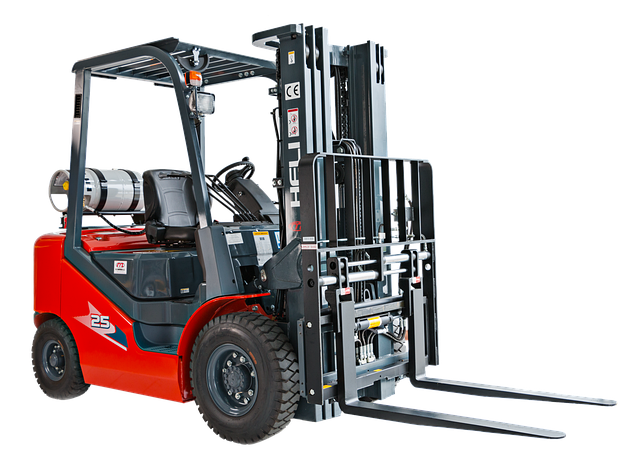Forklift Certification: What Operators Need to Know
Forklift certification verifies that an operator has the knowledge and hands-on skills to use powered industrial trucks safely and in compliance with workplace rules. Employers in warehousing, manufacturing, construction, and distribution prioritize certification to reduce accidents, meet regulatory expectations, and support efficient operations. Certification typically combines classroom instruction, practical training, and a performance evaluation.

Why certification matters for logistics
Certification is central to logistics because warehouses and distribution centers rely on safe, consistent material handling. Certified operators understand load capacities, stability, and the importance of inspection routines that prevent costly downtime. In complex facilities where inventory moves quickly, certification helps ensure that forklifts are used correctly during receiving, staging, and order fulfillment, reducing the risk of product damage and worker injury.
Maintaining certification also supports compliance with occupational safety rules that apply across jurisdictions. While specific regulations vary by country or region, most require employers to ensure that operators are trained and evaluated. For logistics teams, that means documented training records and periodic assessments are part of standard operating procedures.
Training requirements for heavy equipment operators
Training for heavy equipment such as forklifts typically covers several core topics: equipment types and controls, load handling and stability, workplace hazards, pre-shift inspections, and safe operating techniques. Classroom or online modules introduce theory, vocabulary, and regulatory expectations, while demonstrations and discussions bridge the gap between knowledge and practice.
Employers usually supplement theoretical instruction with device-specific training. Because forklifts differ in capacity, mast design, and fuel type, certification programs often include training tailored to the particular models used on site. This ensures operators know the limits of the heavy equipment they will operate and can adapt driving habits to different machines and environments.
Practical training: skills learned and assessment
Practical training is where operators translate concepts into controlled practice. Typical exercises cover steering and maneuvering in confined aisles, picking up and placing loads at various heights, stacking and unstacking, and navigating ramps and inclines. Trainers observe technique, adherence to safety checks, and decision-making under simulated work conditions.
Assessment usually includes a documented performance evaluation in which trainees demonstrate core competencies and safe handling of materials. Successful candidates receive a certification card or record that specifies the vehicle types covered. Many programs require periodic refresher training or reassessment when an operator is observed operating unsafely, assigned a different class of equipment, or involved in an incident.
Safe loading practices and operator responsibilities
Safe loading practices are integral to certified operation. Operators must understand load centers, rated capacity, how attachments affect stability, and the effects of high lifts on center of gravity. Proper load securement and using approved attachments prevent shifts during lifting and movement, protecting both personnel and goods.
Operator responsibilities extend beyond handling loads. They include conducting pre-operational checks (tires, brakes, forks, warning devices), maintaining clear sightlines, communicating with co-workers and supervisors, and observing site-specific traffic patterns. A proactive safety culture where operators report hazards and near-misses contributes to continuous improvement and reduced incident rates.
Transportation, recordkeeping, and recertification
When forklifts are used in transportation contexts—transferring loads onto trucks or moving materials between facilities—operators must be aware of additional safety considerations like vehicle tie-downs, dock edge protection, and coordinating with drivers. Certification programs often include modules addressing safe loading for transport and interactions with trucking personnel.
Recordkeeping is a key administrative element: employers should retain training records, evaluations, and equipment-specific certifications. Many jurisdictions expect a documented training history and periodic reviews. Recertification intervals vary; some employers implement annual refreshers while others base retraining on observed performance or regulatory timelines. Consistent documentation supports compliance and helps identify training needs over time.
Conclusion
Forklift certification combines theoretical learning, hands-on practice, and evaluation to prepare operators for safe, effective work with powered industrial trucks. It supports logistics efficiency, reduces the risk of accidents with heavy equipment, and establishes a framework for safe loading and transportation activities. Maintaining up-to-date training records and following site-specific procedures help employers and operators manage risk and maintain operational continuity.






